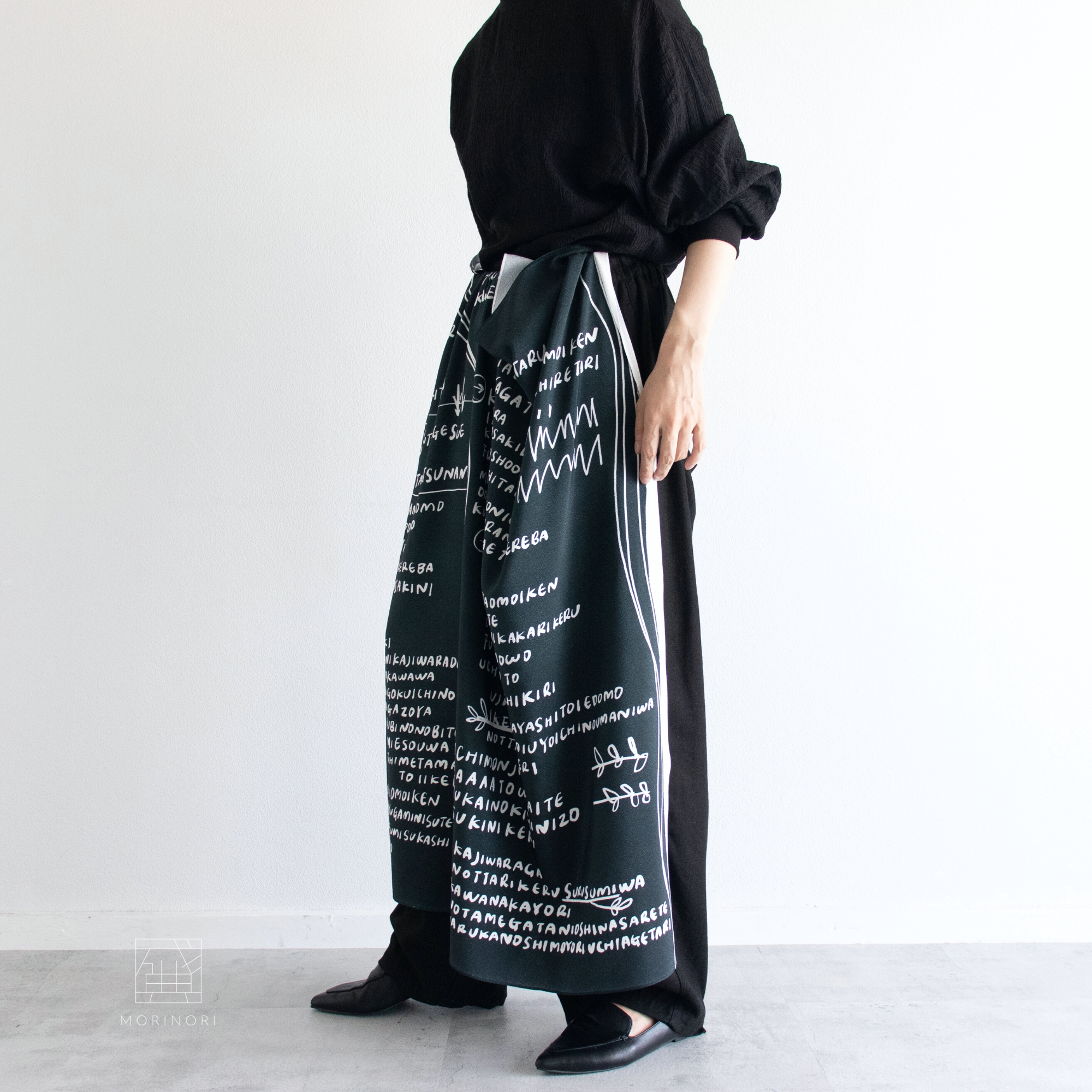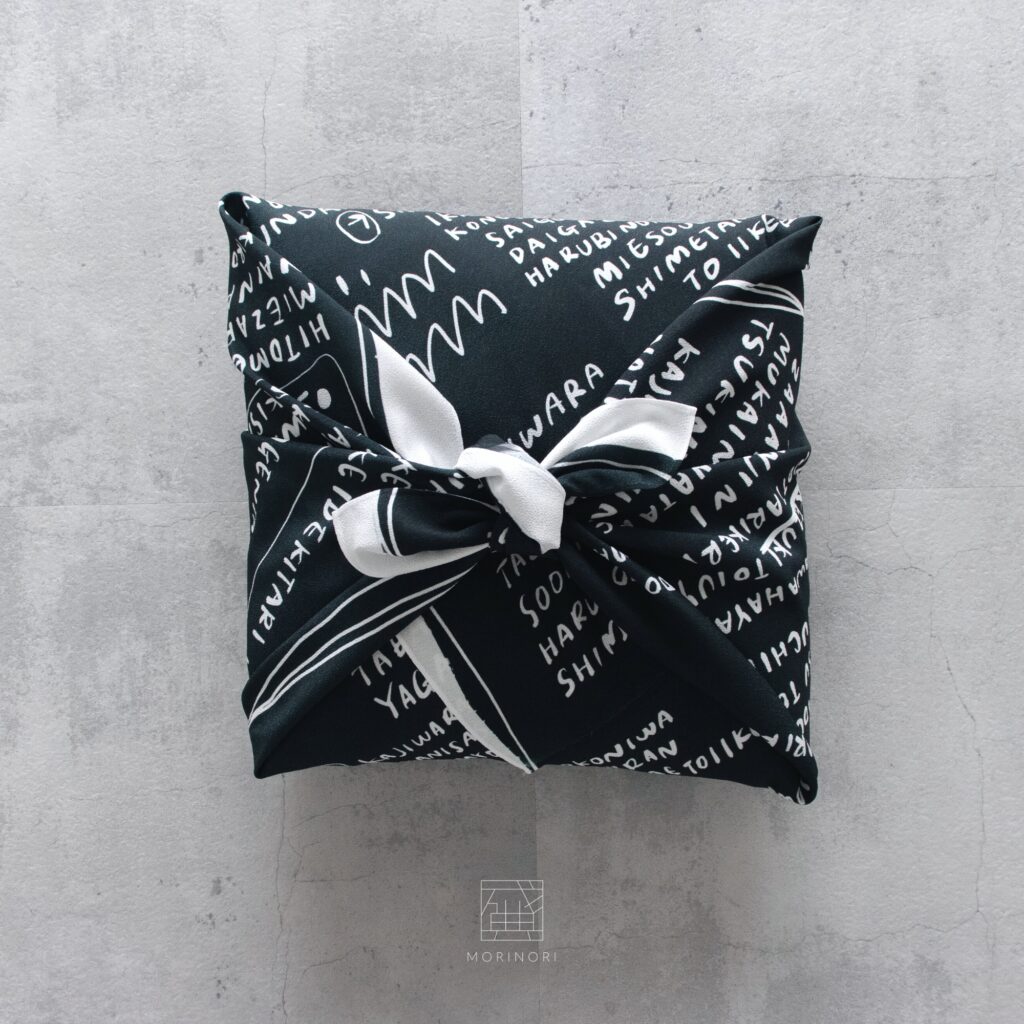
morinori_ujigawamodel (1)
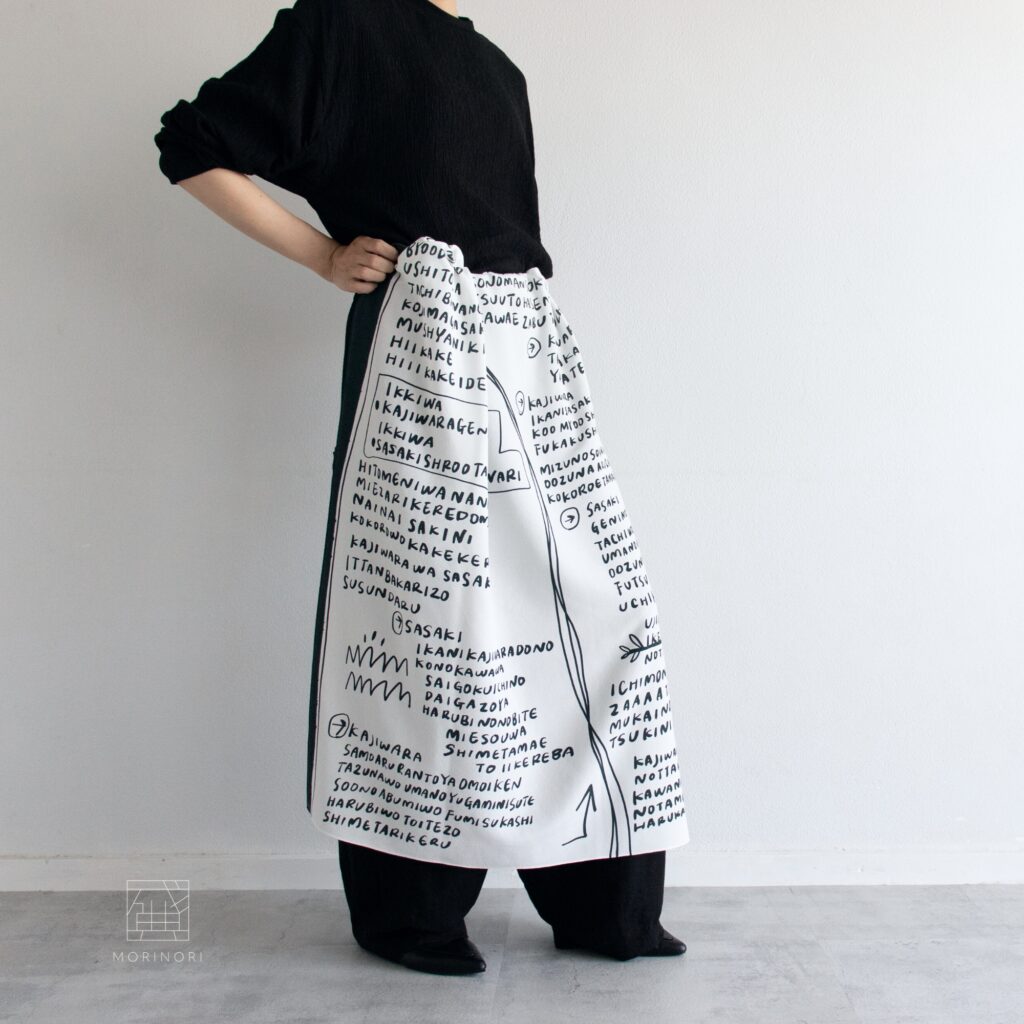
morinori_ujigawamodel (10)

morinori_ujigawamodel (9)
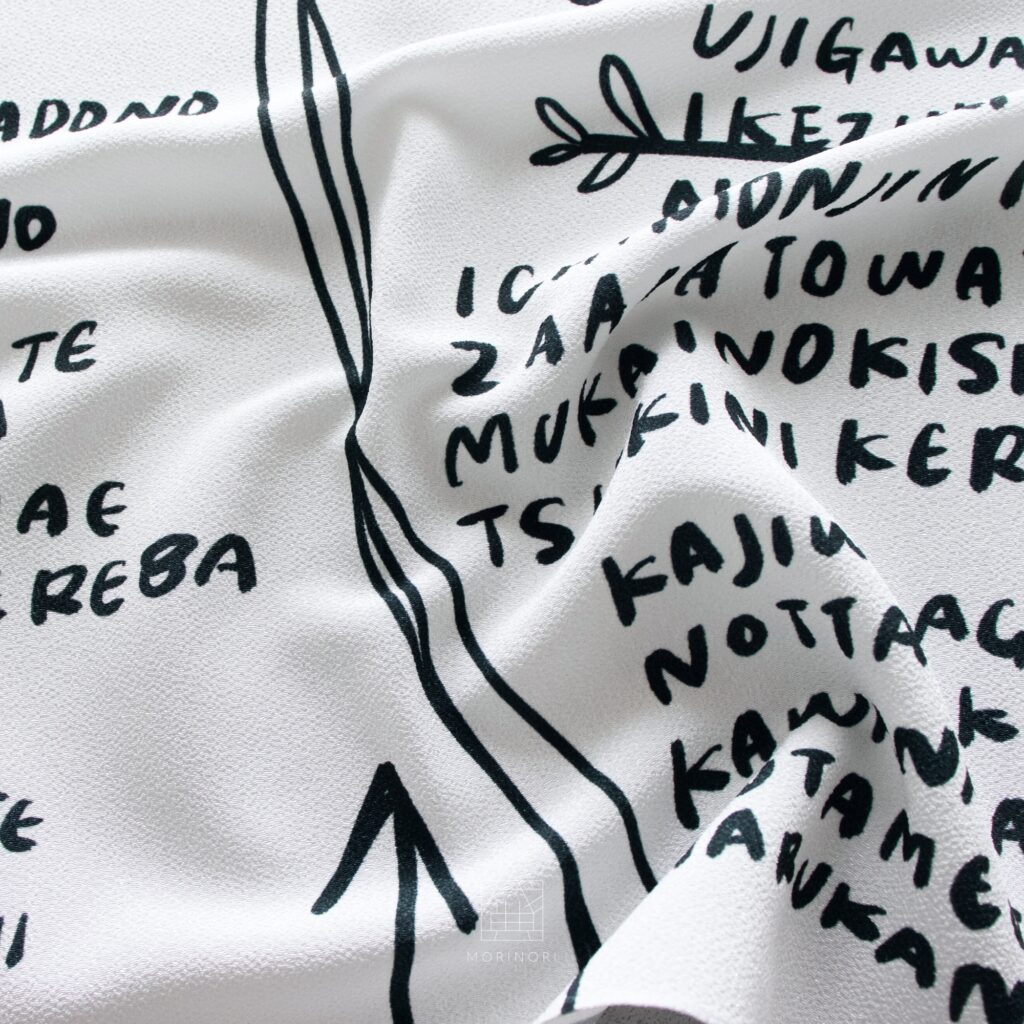
morinori_ujigawamodel (8)
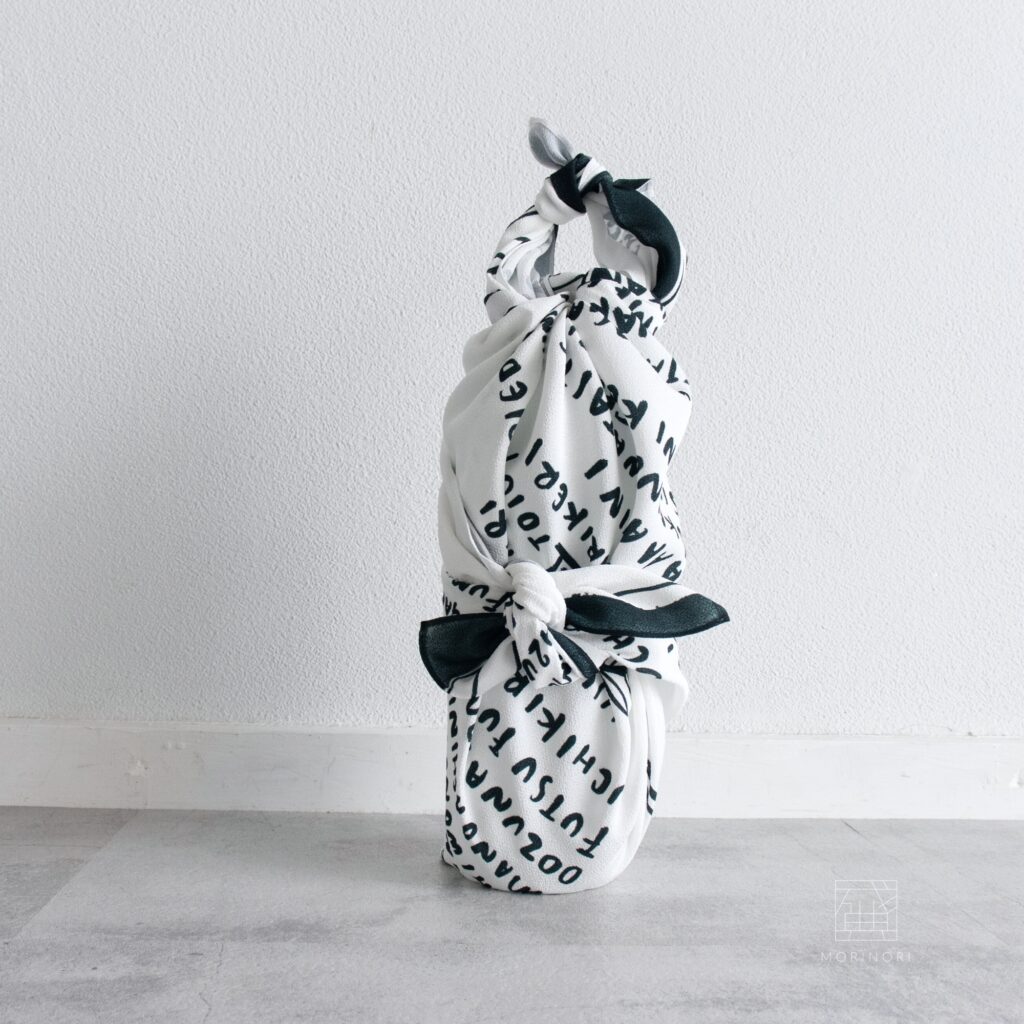
morinori_ujigawamodel (7)
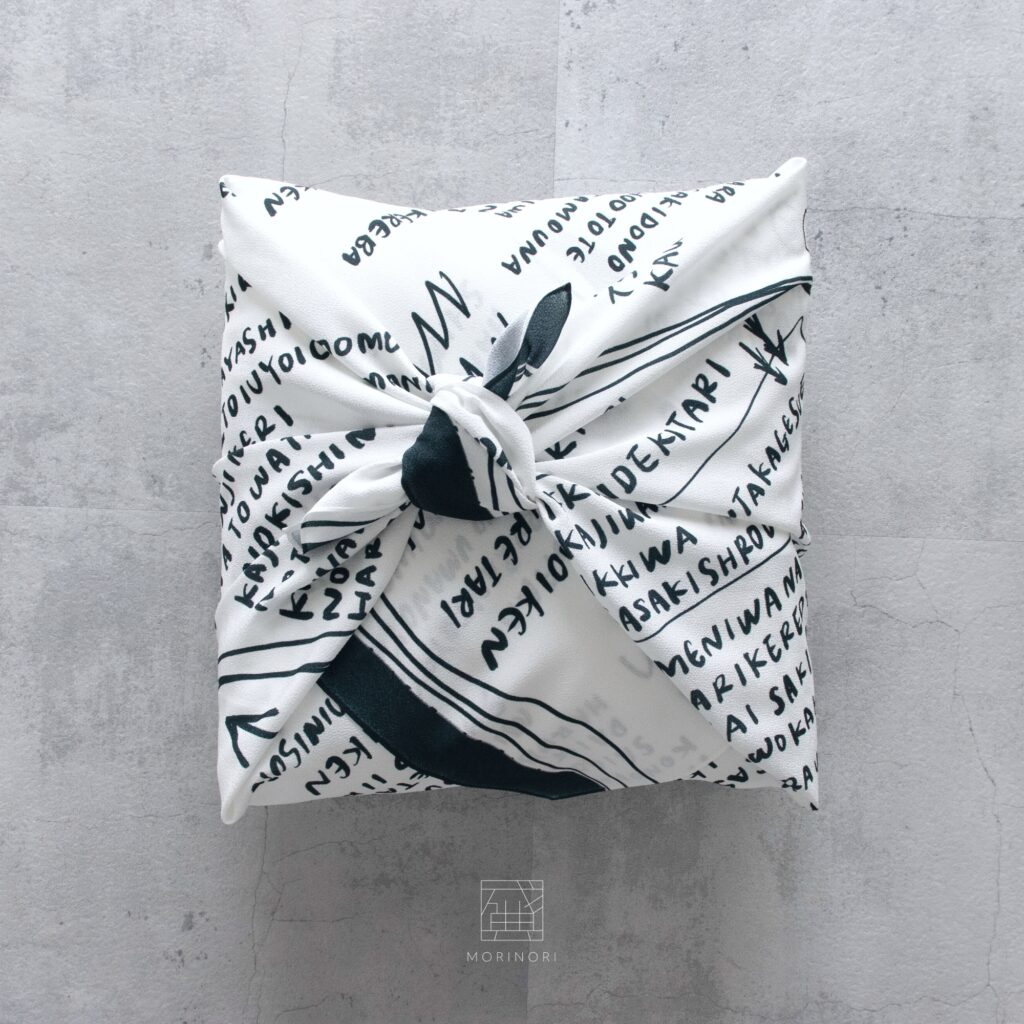
morinori_ujigawamodel (6)
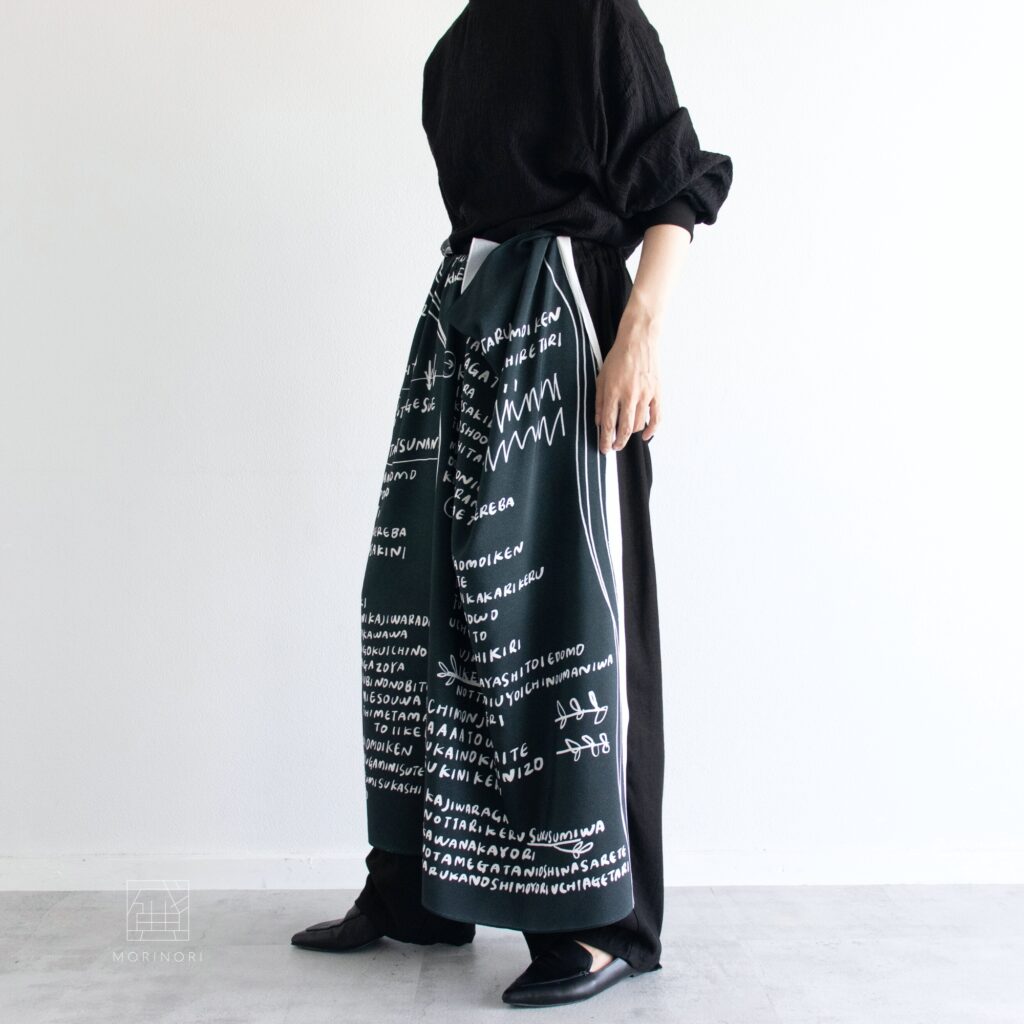
morinori_ujigawamodel (5)
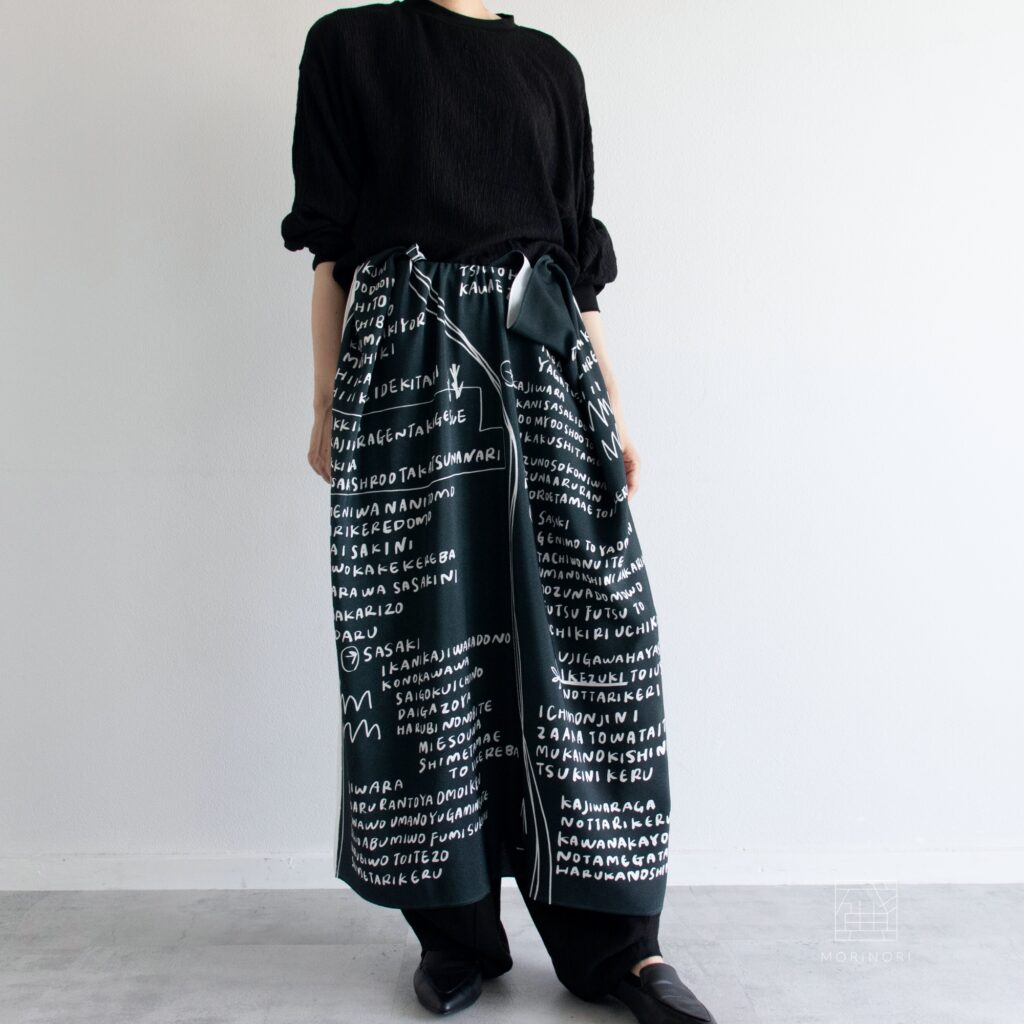
morinori_ujigawamodel (4)
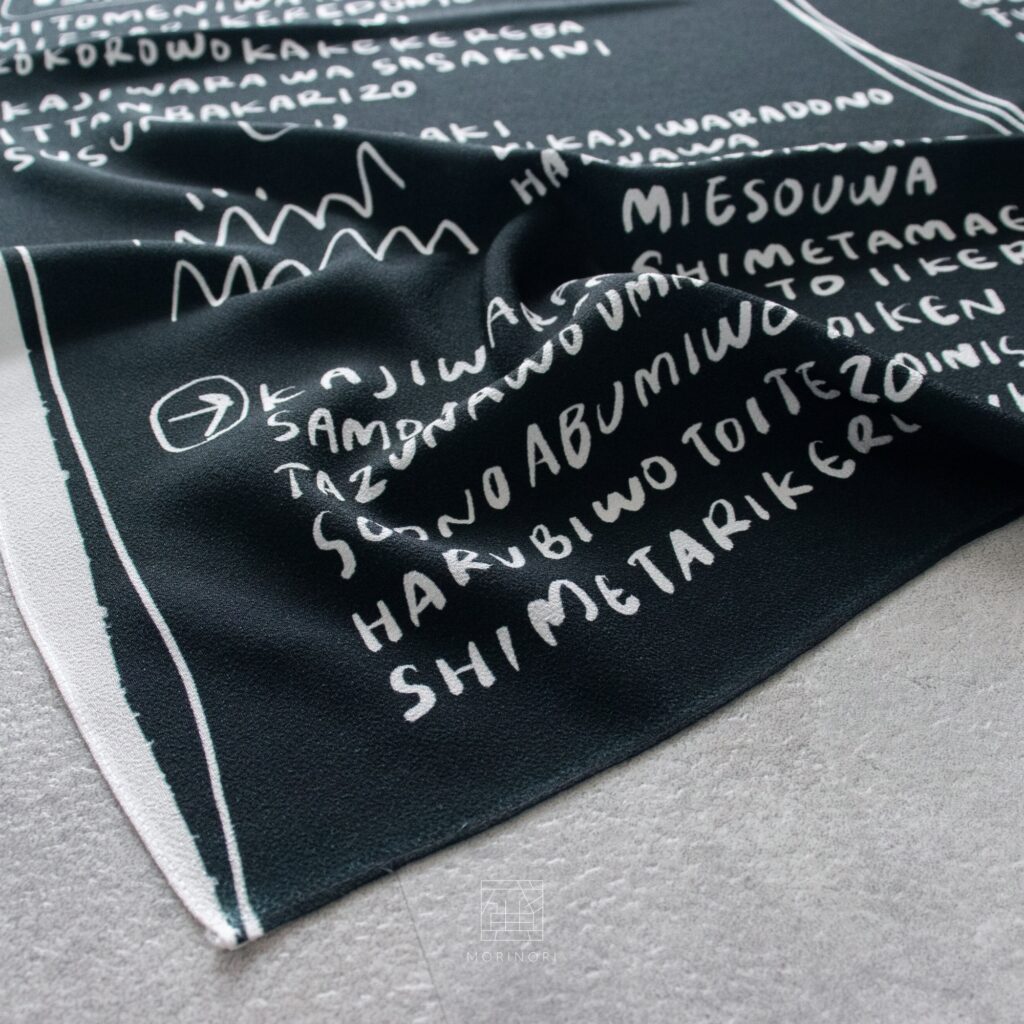
morinori_ujigawamodel (3)
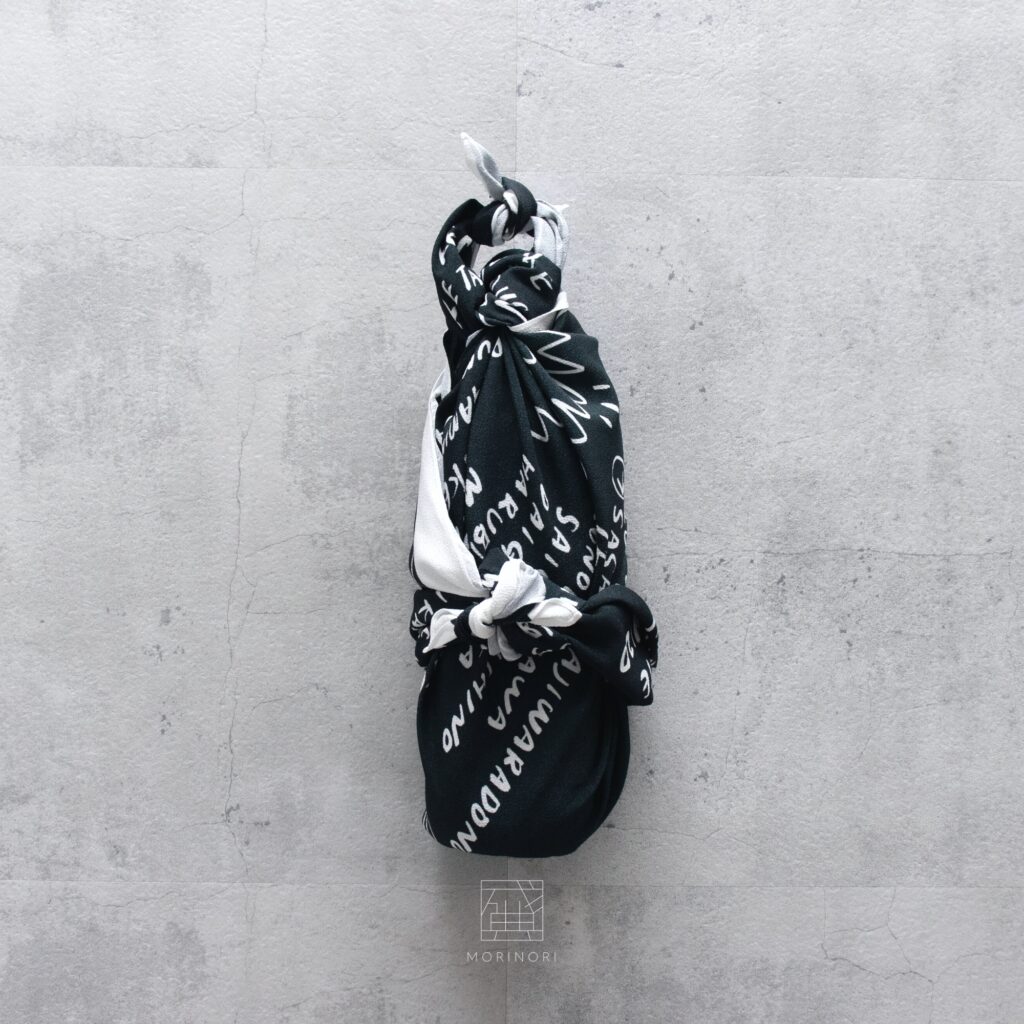
morinori_ujigawamodel (2)
-Product Name
Ujigawa Model (Sasaki & Kajiwara) Black/White
-Brand
MORI
-Sales
nuno.morinori (2022)
-About the design
The Tale of the Heike: Vol. 9 Ujigawanosenjin (The Tale of the Heike)
Here, two warriors from Byodo-in’s Ushiro-tora and Tachibana-no-Kojima-ga-zaki rode out. One was Kajiwara Genta Kagesue, and the other was Sasaki Shiro Takatsuna. They were not visible to the public, but as they were making their way forward, Kajiwara advanced on Sasaki by a single step. Sasaki said, “Kajiwara-dono, this is the greatest river in the western part of Japan. You should be ashamed of your girdle. Kajiwara, as if he were a fool, put the reins in the horse’s saddle, stepped on the stirrups on both sides, and pulled off his girth. Sasaki, in the meantime, had his horse cut off and thrown into the river. Kajiwara, thinking he was about to be killed, followed suit. Kajiwara said, “Lord Sasaki, don’t be fooled by your high rank. There is a great rope at the bottom of the water, so be aware of it, The horse crossed the river in a single bound and arrived at the opposite bank. The horse, which Kajiwara was riding, was pushed from the middle of the river, and was launched from far below.
-Episodes in the making of this work (MORINORI)
The Ujigawanosenjin (Sasaki & Kajiwara) model designed for this project is a dynamic scene in the Ujigawanosenjin. In the Heikyoku (a narrative of the Tale of the Heike, accompanied by the biwa), it is depicted in a section called “pick up”. The rhythm of the “chan” is perfect for the heroic and lively expressions such as battle scenes in the Tale of the Heike, and the tension on our side becomes more active when we say it out loud!
Listening to the master’s voice and biwa, we said, “Kitakita Kajiwara ah! I like Sasaki! I love Sasaki!” and “Oh, I hate Sasaki! Sasaki’s leaving, Kajiwara, hurry up and notice me! I was practicing while enjoying the images that were spreading in my brain. Especially after Kajiwara jumps into the river, he says “Omoiken” (I want to be hit by a bamboo stick), and he closes his mouth and says “Omoiken” with his voice, so I felt like Kajiwara myself. I’m in a Kajiwara mood myself!
Now, Ujigawanosenjin is a song that I learned before the new coronavirus outbreak. With various places and connections cut off, I listened to the sound of my teacher repeatedly in my room and said it out loud. I wanted to exhale more, to speak louder, more. I remember feeling a sense of sadness and blockage that I had no place to go.
I can’t sing (or speak) anything yet, but learning heikyoku is just so much fun. If it were not for my teacher, who made me realize the importance of self-improvement as well as the joy of heikyoku, I would never have gotten involved in MORI’s design. I might never have been involved in the classics, nor would I have wanted to be of any help to those who are involved. I would like to travel the Tale of the Heike more with my mentor, learning and expressing it in various forms. That is what I strongly hope to do.
DESIGNER: MORINORI
